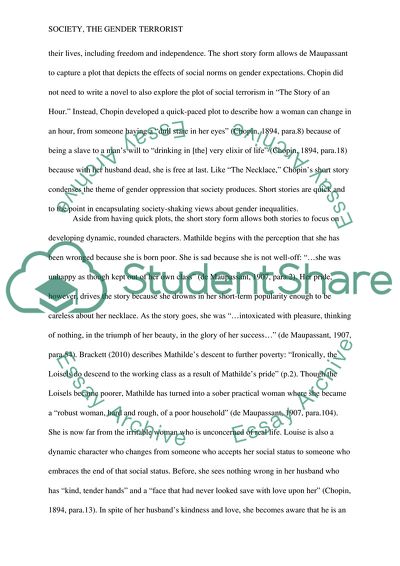Cite this document
(“Society, the Gender Terrorist, in The Necklace and The Story of an Assignment”, n.d.)
Society, the Gender Terrorist, in The Necklace and The Story of an Assignment. Retrieved from https://studentshare.org/literature/1632120-final-paper-rough-draft
Society, the Gender Terrorist, in The Necklace and The Story of an Assignment. Retrieved from https://studentshare.org/literature/1632120-final-paper-rough-draft
(Society, the Gender Terrorist, in The Necklace and The Story of an Assignment)
Society, the Gender Terrorist, in The Necklace and The Story of an Assignment. https://studentshare.org/literature/1632120-final-paper-rough-draft.
Society, the Gender Terrorist, in The Necklace and The Story of an Assignment. https://studentshare.org/literature/1632120-final-paper-rough-draft.
“Society, the Gender Terrorist, in The Necklace and The Story of an Assignment”, n.d. https://studentshare.org/literature/1632120-final-paper-rough-draft.


